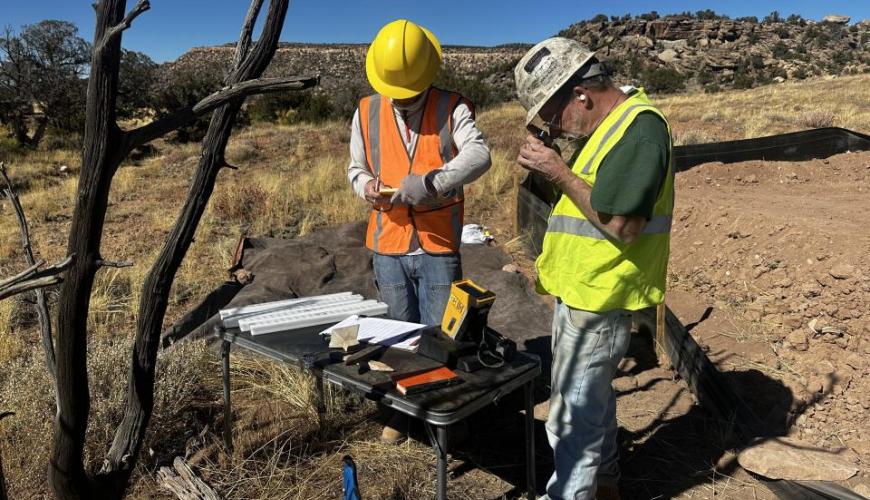The Uranium Dilemma: A Steep Rise in Nuclear Power Capacity Versus Limited Uranium Resources
- 29 January 2024 2:01 AM

The surge in uranium demand owing to the global pivot toward cleaner energy sources has stirred concern about the adequacy of the mineral reserve. At the center of the worry are 22 countries, including the United States, which recently pledged to triple their nuclear power capacity by 2050 at the recent United Nations Climate Change conference.
This resolution underlines the critical role of nuclear power in achieving the net-zero carbon goals outlined in various international environmental agreements. “There’s no other way to meet those net-zero carbon goals other than nuclear energy," asserts Nicole Galloway Warland, managing director of Thor Energy, a company exploring uranium reserves in Colorado and Utah.
The demand is driven not only by an endeavor towards cleaner power but also by the rise in electric vehicles (EVs) and the power needs of artificial intelligence (AI) computing. The shift accentuates the importance of nuclear power, which unlike oil or coal, does not emit carbon dioxide. This tendency is expected to trigger a rise in the demand for uranium- the principal fuel for nuclear plants.
The question on everyone’s mind is: Where is the uranium going to come from? Warland added, "There’s not enough to go around. There’s a supply deficit."
On a similar note, Kazatomprom, the world’s largest uranium miner, hinted at difficulties in meeting production targets in the next two years due to construction delays and shortages of sulfuric acid - a vital input for uranium production. This predicament caused uranium prices to rise above $106 per pound, akin to the 2007 levels.
The demand surge has resulted in a boost in uranium-related stock prices as well. Shares of uranium giants, Cameco and US-Based Energy Fuels have observed an increase of 83% and 25% respectively in the past year. Kazatomprom, which trades on the London Stock Exchange, saw an increase of 60% over the past six months.
The stigma surrounding nuclear power is experiencing a shift due to its reputation as a reliable source of clean power. Celebrities from the tech industry, including Sam Altman and Elon Musk, have advocated the benefits of nuclear power, further propelling the demand.
However, in the United States, a majority of the uranium is imported from Russia. This has prompted the Biden administration to seek domestic alternatives or procure supplies from friendly states, including Canada- the world’s second-largest producer. Establishing new uranium mines in the U.S. could take anywhere from five to 15 years, including securing the necessary permits.
The Inflation Reduction Act (IRA) passed last year proposed a tax credit to maintain existing nuclear plants and tax incentives for advanced reactors. Moreover, the IRA allocated $700 million for the development of a domestic supply chain for High-Assay Low-Enriched Uranium (HALEU), with an aim to reduce dependence on Russian uranium imports.
Although uranium prices have shot up considerably, Energy Fuels vice-president, Curtis Moore doesn’t believe it's a bubble. A more cautious perspective by industry watch, Irina Tsukerman asserts, "It’s aspirational, but not everybody who signs up to this agreement is well situated to make this happen."
Despite uncertainties, the global movement towards nuclear power and high uranium demand is anticipated to continue at least until supply has caught up. “We’ve got 60 reactors being built around the world. A hundred more being permitted," says financial futurist, Dave Nadig, evidentially supporting the prospect of a 'uranium boom'.
